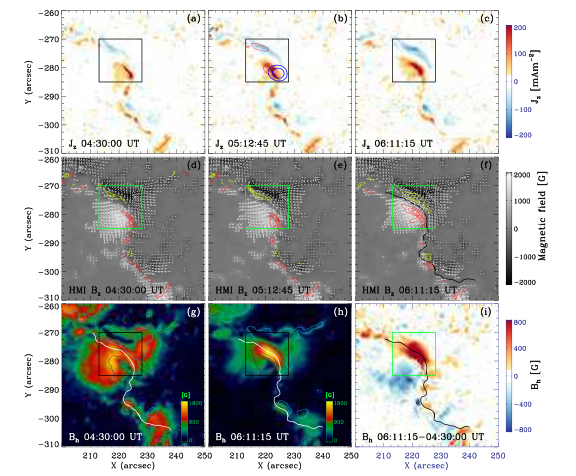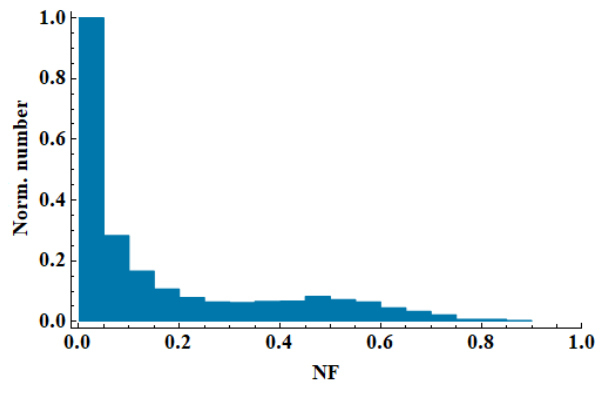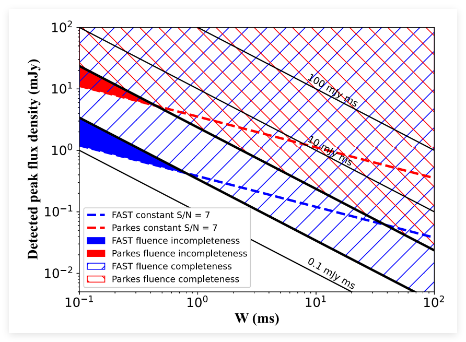Jun 13, 2025
An Earth-sized radio observatory just got better: South Africa’s MeerKAT telescope joins forces with the European VLBI Network of telescopes
Illustration: Benito Marcote, JIVE. Image credits: MeerKAT image ©SARAO; EVN map image ©Paul Boven, JIVE (satellite image: Blue Marble Next Generation, courtesy of NASA Visible Earth).South Africa’s MeerKAT radio telescope has success...







